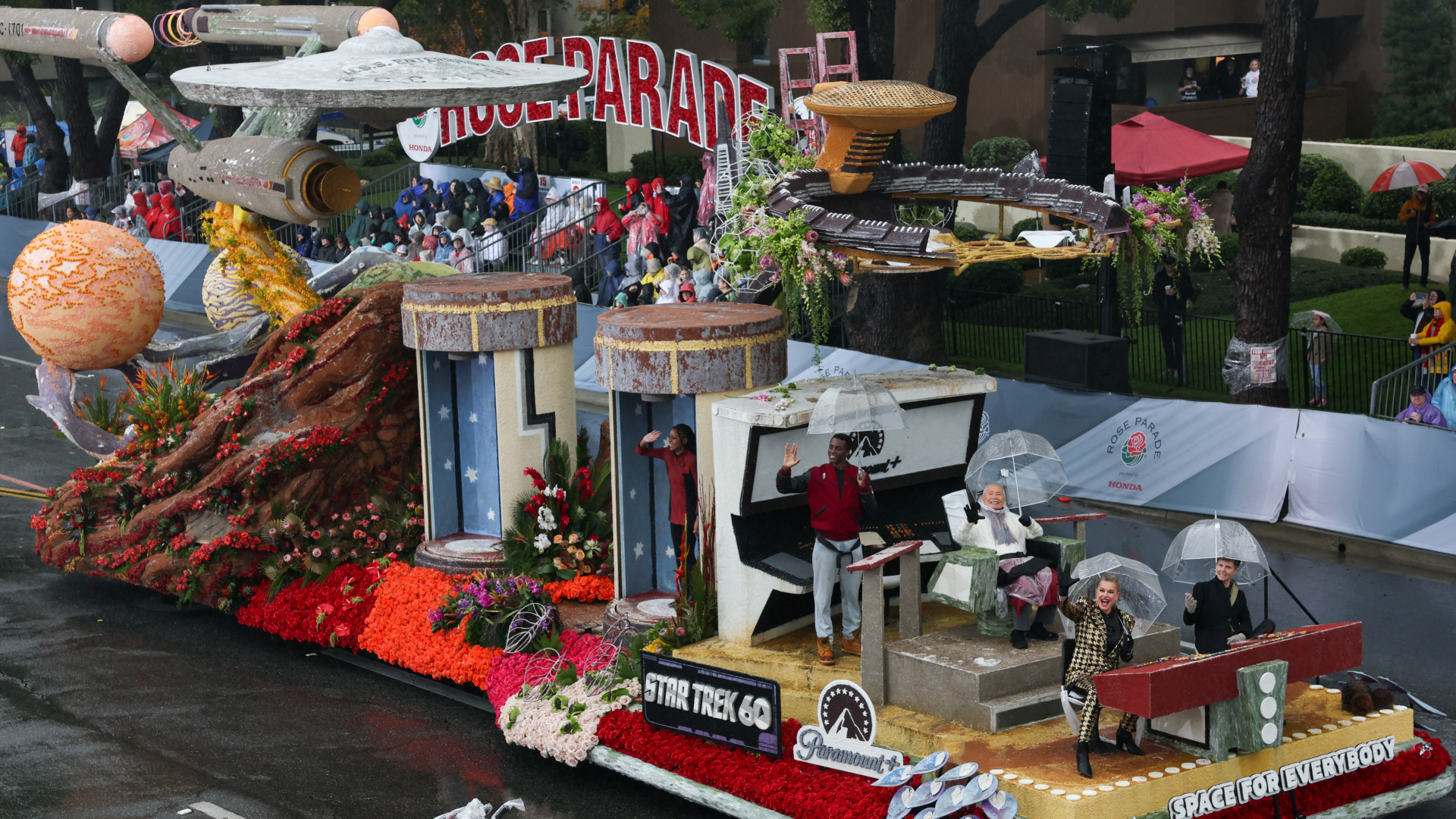Deep-Space Radiation May Be Getting More Dangerous for Future Astronauts

Space radiation may be a bigger worry for voyaging astronauts than scientists had thought, at least in the near future, a new study suggests.
"The radiation dose rates from measurements obtained over the last four years exceeded trends from previous solar cycles by at least 30 percent, showing that the radiation environment is getting far more intense," study lead author Nathan Schwadron, a professor of physics at the University of New Hampshire's Space Science Center, said in a statement.
"These particle radiation conditions present important environmental factors for space travel and space weather, and must be carefully studied and accounted for in the planning and design of future missions to the moon, Mars, asteroids and beyond," Schwadron added. [How Radiation in Space Poses a Threat to Human Exploration (Infographic)]
Schwadron and his colleagues studied observations made by NASA's Lunar Reconnaissance Orbiter (LRO), which has been circling the moon since 2009. Specifically, they looked at dose rates of galactic cosmic rays measured over the past four years by LRO's Cosmic Ray Telescope for the Effects of Radiation (CRATER).
Galactic cosmic rays (GCRs) are super-energetic particles — mostly protons and atomic nuclei — that have been accelerated to tremendous speeds by distant and dramatic events, such as supernova explosions. GCRs can do damage to spacecraft electronics and, in large enough doses, can cause radiation sickness in astronauts, or longer-term problems such as cancer.
"We now know that the radiation environment of deep space that we could send human crews into at this point is quite different compared to that of previous crewed missions to the moon," Schwadron said, referring to NASA's Apollo missions, which landed six crews on the lunar surface between July 1969 and December 1972.
The rise in GCR levels is related to a prolonged stretch of low solar activity, which ebbs and flows on an 11-year cycle. During active phases, the sun's magnetic field spreads throughout the solar system more extensively (by the flow of charged particles known as the solar wind), and it deflects more incoming GCRs.
Breaking space news, the latest updates on rocket launches, skywatching events and more!
But an active sun poses its own problems. Solar flares and coronal mass ejections — powerful blasts that send huge clouds of superheated plasma rocketing out into space at millions of miles per hour — can also raise radiation levels significantly.
And big solar outbursts aren't limited to active periods in the solar cycle. Indeed, a series of solar outbursts in September 2017 raised deep-space radiation levels significantly, the researchers said.
The new study has been accepted for publication in the journal Space Weather.
Follow Mike Wall on Twitter @michaeldwall and Google+. Follow us @Spacedotcom, Facebookor Google+. Originally published on Space.com.

Michael Wall is a Senior Space Writer with Space.com and joined the team in 2010. He primarily covers exoplanets, spaceflight and military space, but has been known to dabble in the space art beat. His book about the search for alien life, "Out There," was published on Nov. 13, 2018. Before becoming a science writer, Michael worked as a herpetologist and wildlife biologist. He has a Ph.D. in evolutionary biology from the University of Sydney, Australia, a bachelor's degree from the University of Arizona, and a graduate certificate in science writing from the University of California, Santa Cruz. To find out what his latest project is, you can follow Michael on Twitter.

